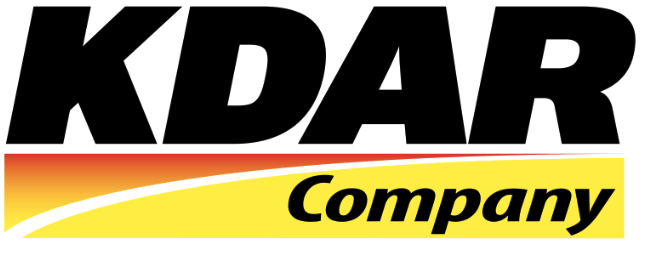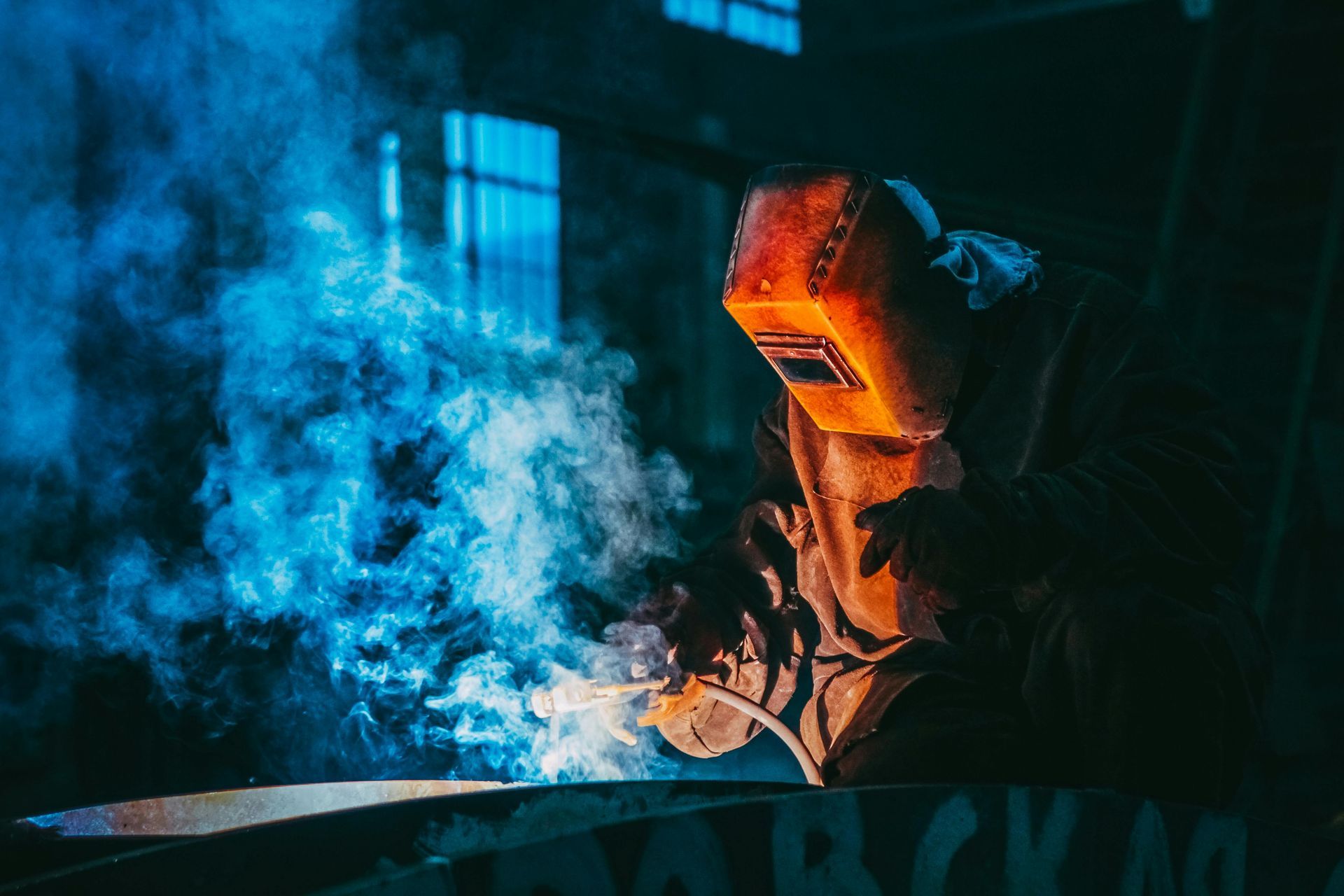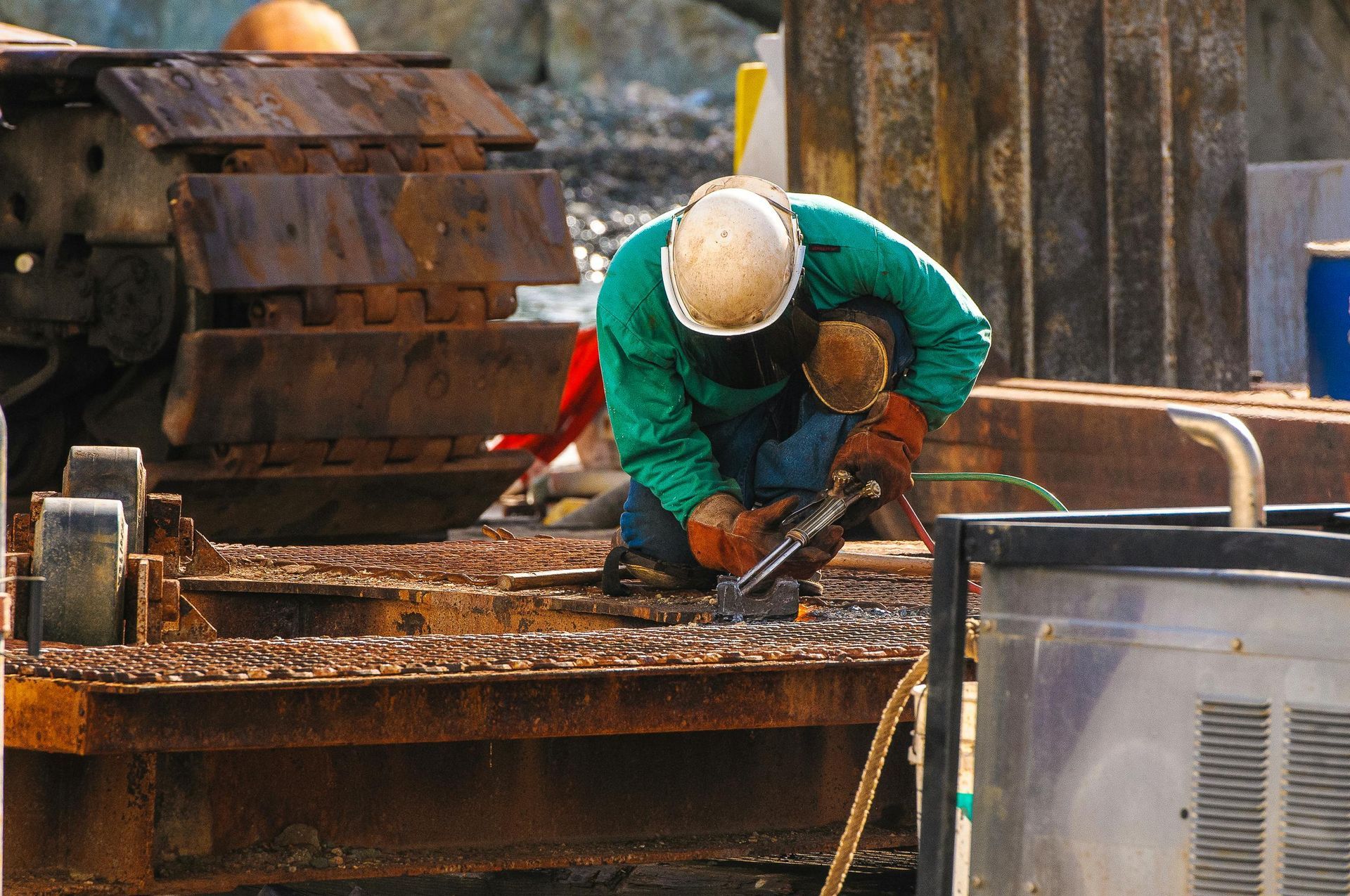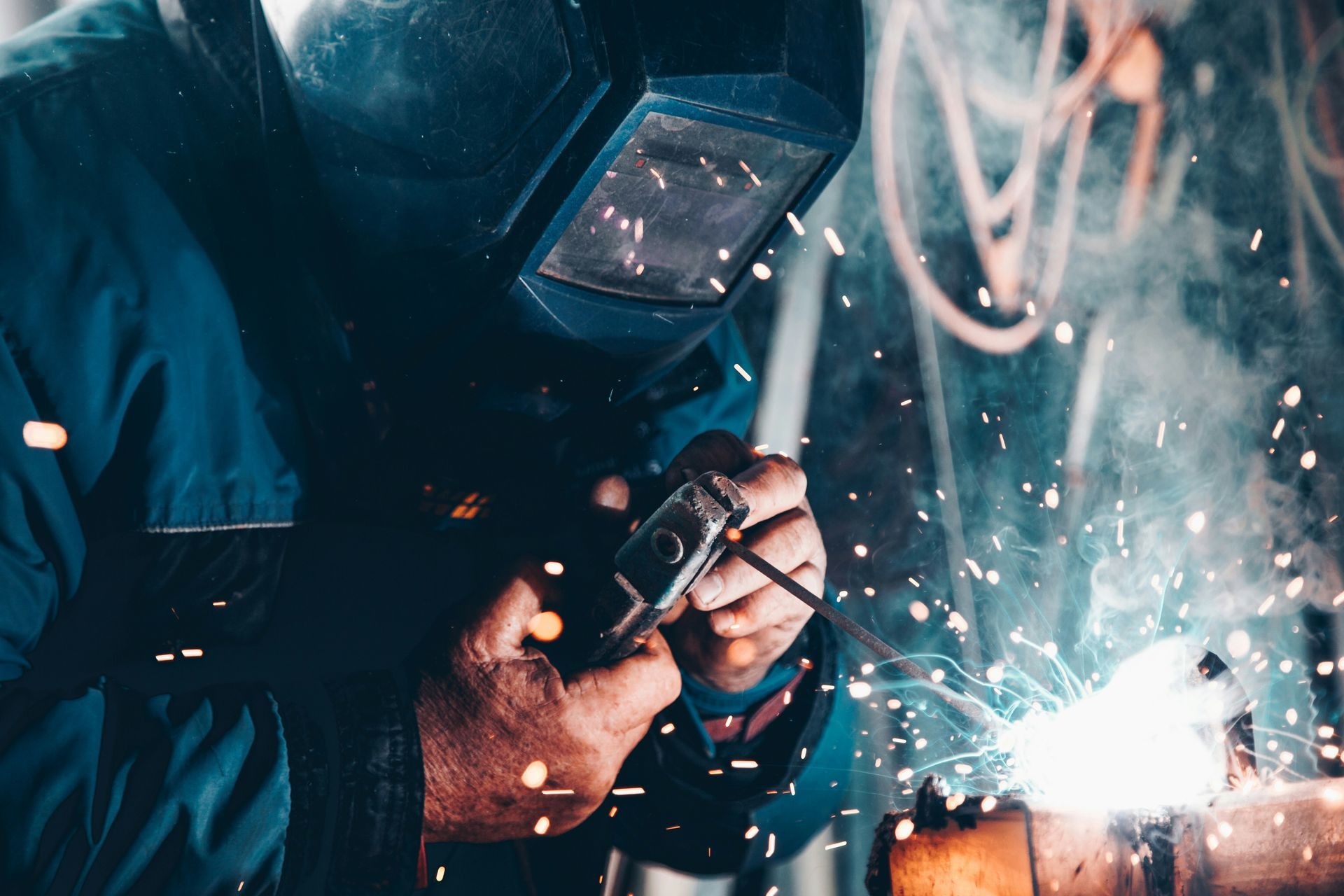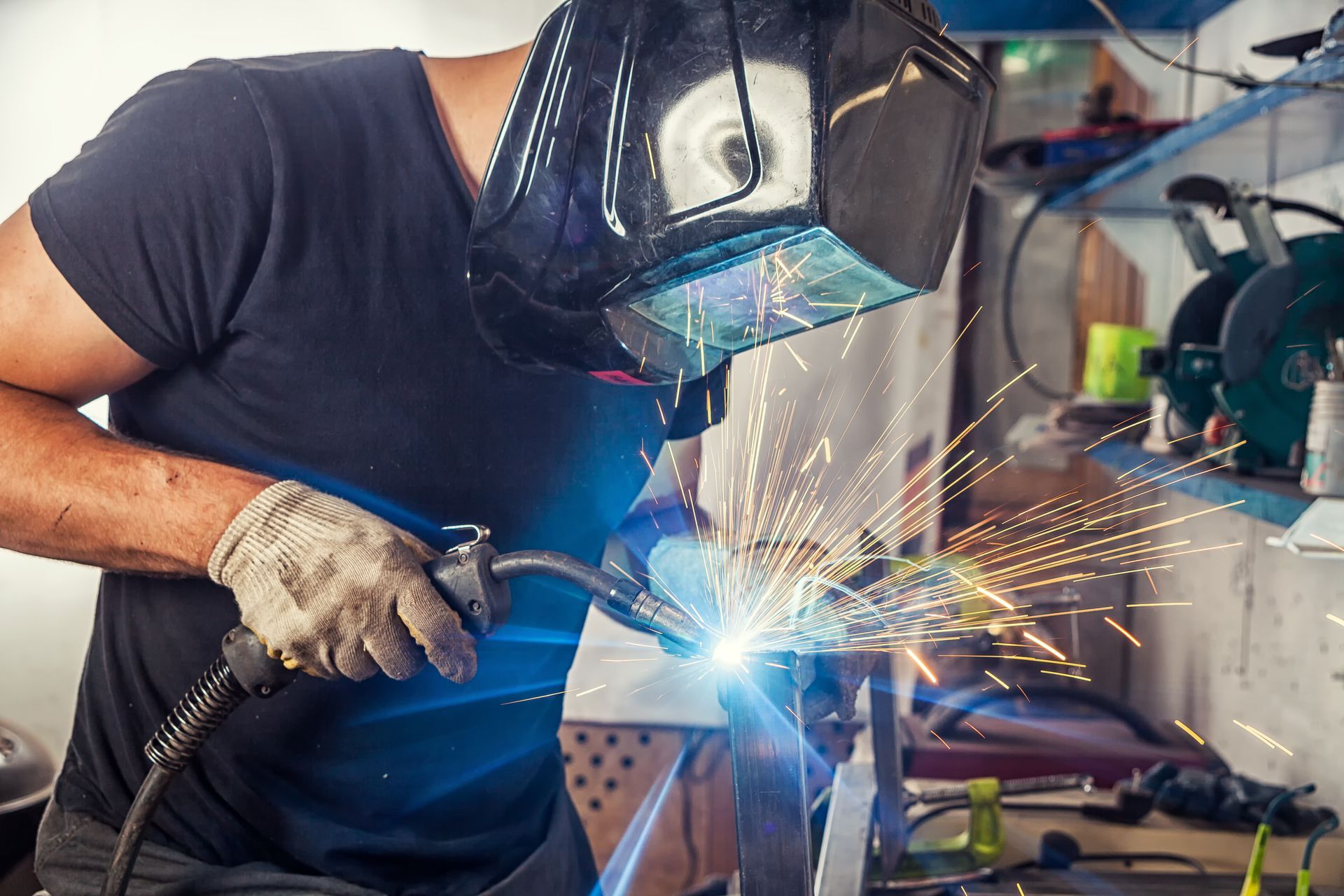Winter Welding Project Tips
As the winter season sets in, welders face unique challenges when tackling projects in colder temperatures. Whether you're a seasoned professional or a DIY enthusiast, mastering winter welding requires a combination of preparation, equipment maintenance, and safety measures. Let's explore several essential tips to ensure your winter welding projects are successful but also safe and efficient.
Temperature Considerations
One of the first considerations for winter welding projects is temperature. Cold weather can significantly impact the welding process and the quality of the weld. Following the manufacturer's guidelines for the recommended temperature range for your equipment is crucial.
When temperatures drop, metals become more brittle, making them prone to cracking. Welding in extreme cold conditions may also affect the penetration and fusion of the metals. Plan your welding projects to counter this when temperatures are optimal. If unavoidable, consider using preheating methods to warm the materials before welding.

Use Temperature Resistant Cable Ties
Cold temperatures can compromise cable ties, making them brittle and difficult to work with. The Frosty Ties™ from Pro Tie offer better cold-weather performance. These ties are designed to withstand temperatures down to 4 degrees Fahrenheit and have higher UV ratings. The Frosty Ties™ also have measured moisture content, which helps them remain flexible, even in cold temperatures.
Preheating Materials
Preheating materials is a valuable practice, especially in colder weather. This step helps prevent cracking and ensures better fusion of the metals. The preheating temperature and method depend on the materials you're working with, so referring to welding procedure specifications is essential.
Preheating becomes even more critical for thicker materials or projects involving high-strength steels. It reduces the risk of hydrogen-induced cracking and improves the overall quality of the weld. Take the time to understand the preheating requirements for your specific welding applications.
Protective Gear
Winter weather demands extra attention to personal protective gear. When engaging in welding projects in the cold, prioritize insulated welding gloves, a welding jacket, and a helmet with a cold-resistant lens. Staying warm is not just about comfort; it's crucial for maintaining focus and precision while welding.
Correct protective gear includes appropriate footwear to keep your feet warm and safe. Insulated work boots with steel toes provide protection and insulation against the cold ground. Ensure your protective gear is in good condition, free from any damage or wear that could compromise its effectiveness.
Proper Ventilation
While it's tempting to seal off spaces in the winter to retain heat, proper ventilation is non-negotiable when welding indoors. Welding produces fumes that can be harmful when inhaled, and adequate ventilation is necessary to disperse these fumes.
If you're working in a confined space, consider using an exhaust system to ensure continuous airflow. Alternatively, wear a respirator that is suitable for welding applications. Prioritize safety by creating an environment that minimizes the risk of exposure to welding fumes.
Equipment Maintenance
Cold temperatures can have a significant impact on the performance of welding equipment. Regular maintenance checks become even more critical during the winter months. Inspect your welding machines for wear, damage, or freezing components.
Frozen hoses or reduced gas flow are common issues in colder weather. Ensure that all components are in optimal condition and promptly address potential problems. Keep your welding equipment clean and store it in a sheltered, insulated area when not in use to prevent exposure to the elements.
Storage of Materials
In winter, moisture becomes a formidable adversary for welding consumables such as electrodes. Proper storage is essential to maintain the quality of these materials. Welders should store welding consumables in a dry and warm environment, using sealed containers or bags to protect them from exposure to the elements.
Moisture can lead to rust and degradation of welding consumables, affecting the integrity of your welds. Take the extra step to inspect and condition your materials before starting a project. Investing time in proper storage practices pays off in the form of consistent and high-quality welds.
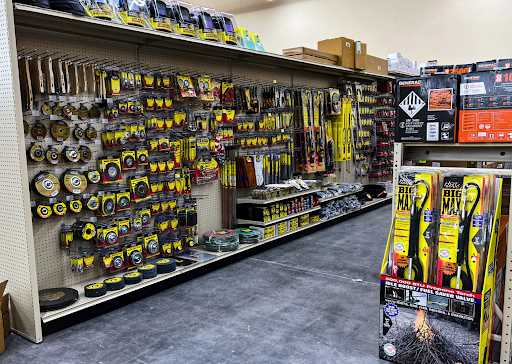
Work With KDAR Company
Mastering winter welding involves a combination of temperature considerations, preheating materials, wearing appropriate protective gear, ensuring proper ventilation, maintaining equipment, and storing materials correctly. By following these essential tips, you'll overcome the challenges of winter welding and enhance the safety, efficiency, and success of your projects. Stay warm, stay safe, and weld on!
For all your wholesale needs, including cable ties, welding equipment, and pressure washer accessories, KDAR Company is here to support you. We offer a comprehensive range of wholesale merchandise to cater to your specific requirements. Contact us today!
